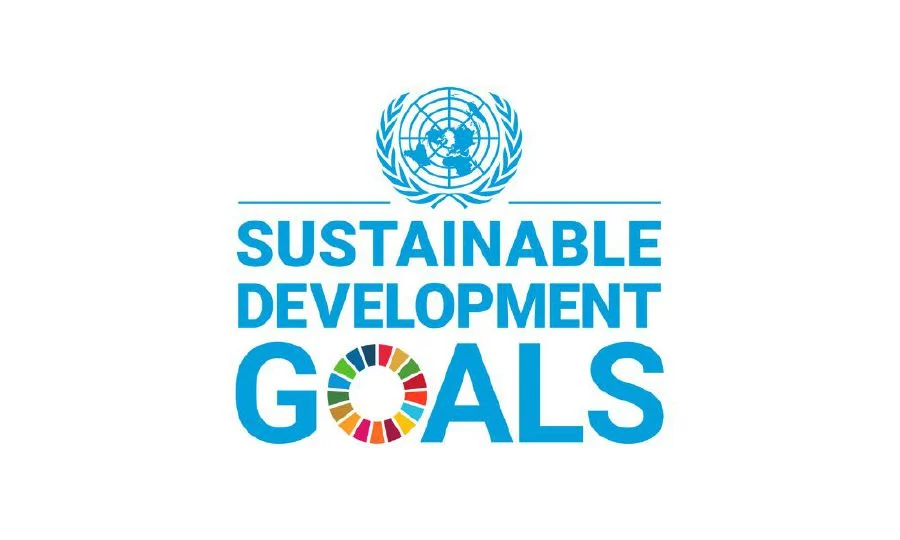According to the 9th edition of the “Sustainable Development Report (SDR)” released by the UN Sustainable Development Solutions Network (SDSN), the world is significantly behind schedule in achieving the Sustainable Development Goals (SDGs) set by the United Nations (UN) in 2015. Key goals such as poverty reduction, hunger eradication, and environmental protection remain far from reach.
Key Findings of the SDR 2024 Report:
- Overall Progress:
- SDG Targets: On average, only 16% of the SDG targets are on track to be achieved by 2030, while 84% show a reversal of progress.
- Reversal Indicators: The five SDG targets with the most significant reversal include the obesity rate (SDG 2), press freedom (SDG 16), the red list index (SDG 15), sustainable nitrogen management (SDG 2), and life expectancy at birth (SDG 3).
- Stagnation Since 2020:
- Off-Track Targets: Critical targets such as Zero Hunger (SDG 2), Sustainable Cities and Communities (SDG 11), Life Below Water (SDG 14), Life on Land (SDG 15), and Peace, Justice, and Strong Institutions (SDG 16) are notably off track.
- COVID-19 Impact: The pandemic has exacerbated existing challenges, particularly affecting life expectancy (SDG 3).
- Regional and Country-Specific Insights:
- Leading Regions: Nordic countries continue to lead in SDG achievement, while BRICS countries (Brazil, Russia, India, China, South Africa) show strong progress. However, poor and vulnerable countries are lagging significantly.
- Top 5 Countries in 2024 SDG Index:
- Finland
- Sweden
- Denmark
- Germany
- France
- India’s Rank: 109th with an overall score of 64.0, lagging behind neighbors Bhutan (21), Nepal (80), China (88), Bangladesh (93), and Sri Lanka (100).
- Global Financial Architecture:
- Need for Reform: The report emphasizes the urgent need for low-income and lower-middle-income countries to access affordable long-term capital for areas like education (SDG 4).
- Proposed Strategies: Five strategies to address financing shortfalls include the establishment of new institutions, innovative global taxation schemes, and prioritizing investments in quality education.
- New Indices Introduced:
- UN-based Multilateralism Index (UN-Mi): This index ranks countries based on their engagement with the UN system. Top countries include Barbados, Antigua and Barbuda, Uruguay, Mauritius, and the Maldives, while the bottom five are the USA, Somalia, South Sudan, Israel, and North Korea.
- Food and Land Systems:
- Off-Track Targets: SDG targets related to food and land systems are significantly off track. The report predicts 600 million people will suffer from hunger by 2030, coupled with rising global obesity and greenhouse gas emissions from Agriculture, Forestry, and Other Land Use (AFOLU).
- FABLE Pathways: The SDR proposes new Food, Agriculture, Biodiversity, Land-Use, and Energy (FABLE) pathways, aiming to bring together over 80 local researchers across 22 countries to examine how 16 targets related to food security, climate mitigation, biodiversity conservation, and water quality can be achieved by 2030 and 2050.
About UN Sustainable Development Solutions Network (SDSN):
- Creation: Established in 2012 by the UN to promote the 17 SDGs at national and international levels.
- Secretariat Locations: Paris, France; Kuala Lumpur, Malaysia; and New York, USA.
- President: Jeffrey Sachs.
Conclusion:
The 2024 Sustainable Development Report highlights the urgent need for accelerated efforts and innovative solutions to meet the UN’s SDGs by 2030. With significant global challenges remaining, collaborative and targeted actions are essential to ensure progress in critical areas such as health, environment, and hunger eradication.


